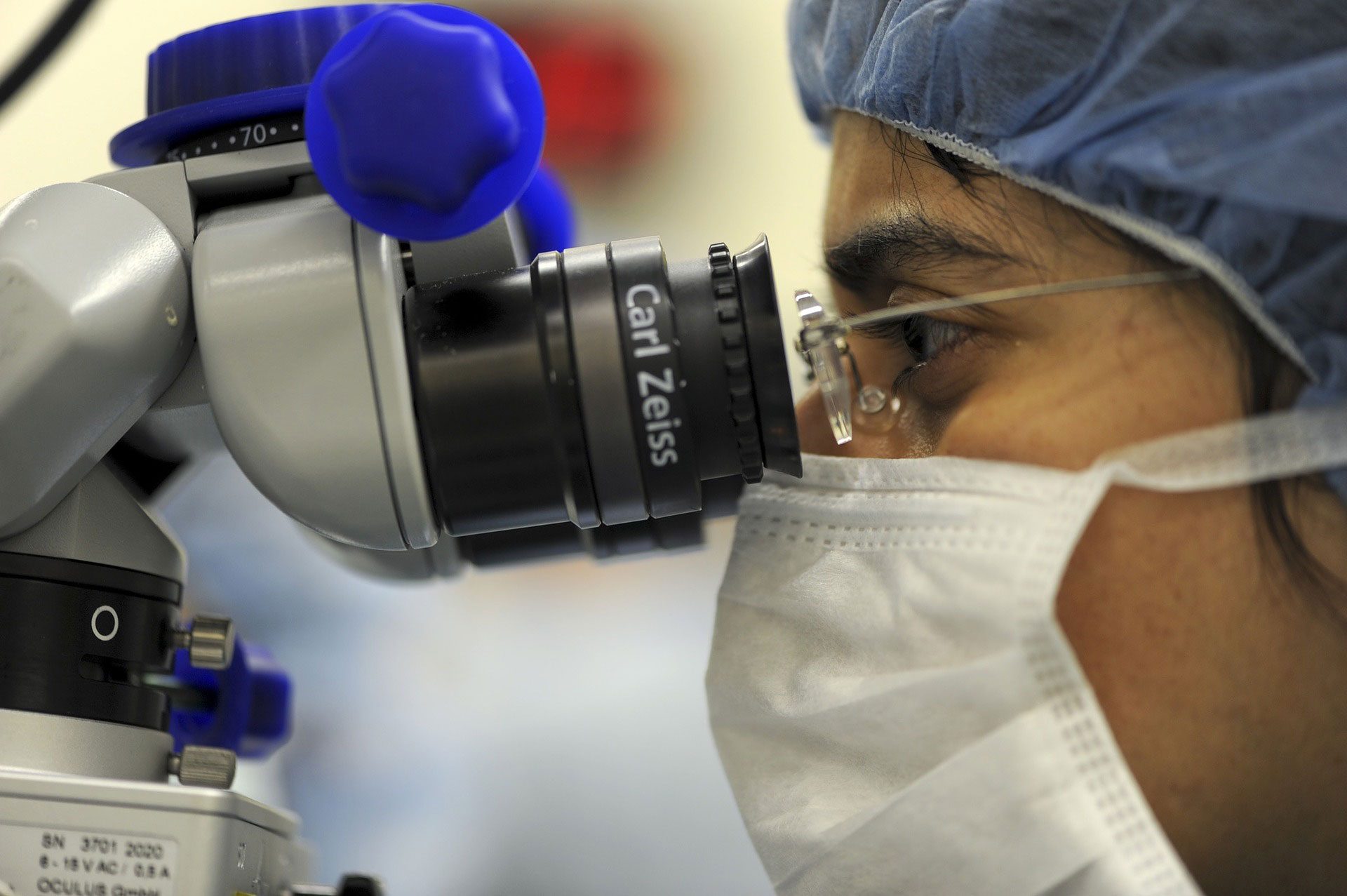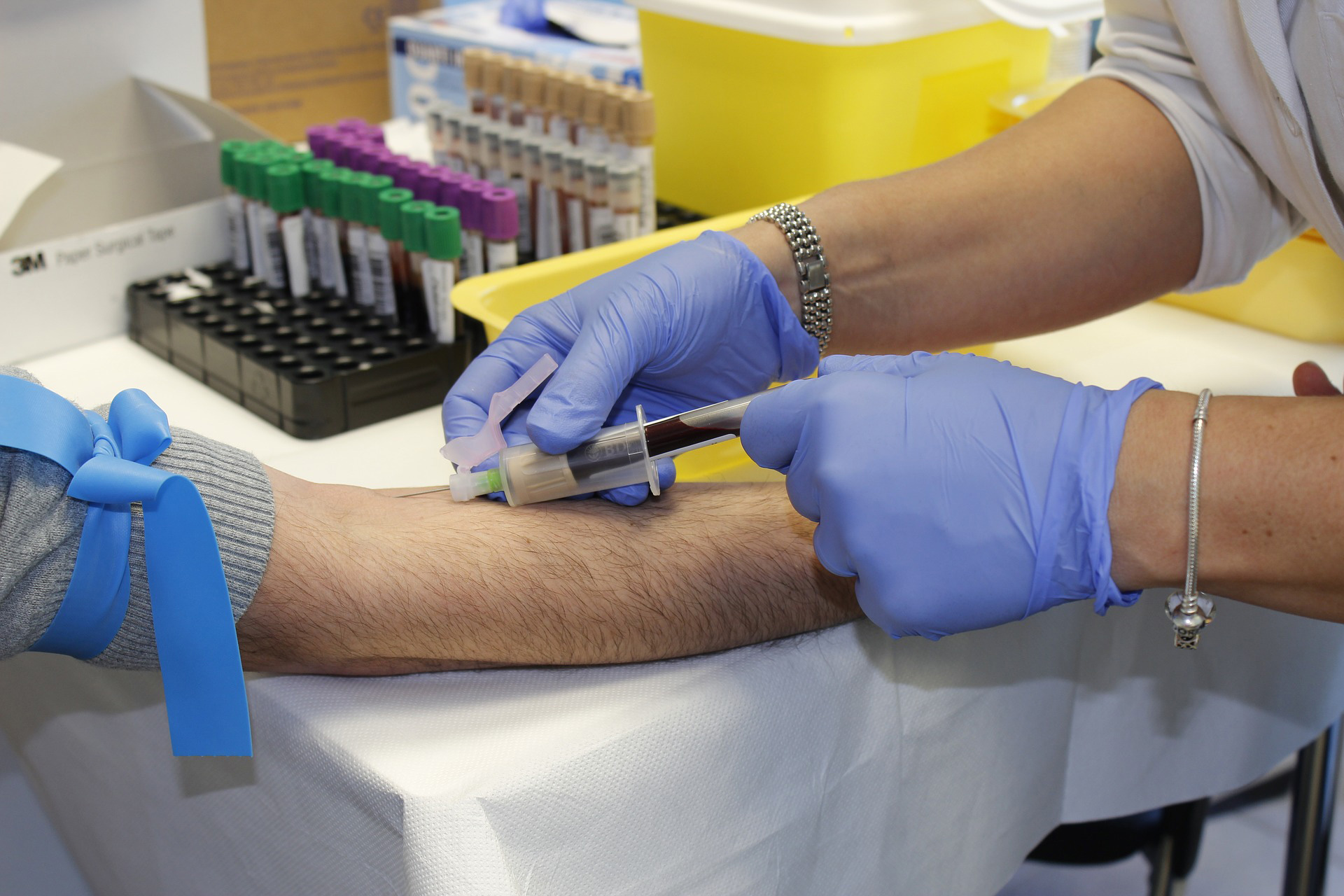
Techniques Involved In DNA Testing
2017-08-11
Controversies In DNA Profiling
2017-09-29
D NA Testing is one of the most significant inventions of our time. DNA testing is basically the process of analyzing the DNA of two individuals to determine a relationship between them, or to find a person’s ancestors. DNA testing is being conducted by most of the labs in the world and is considered the most accurate technique to date. A sample of DNA is taken and is tested under special conditions to form a detailed analysis. This analysis is then compared to the analysis of the other sample and on the basis of the matching traits, a conclusion is made. Some really interesting facts about the DNA testing are:

Where Did It Start?
![]() This testing process was invented in 1985 by Sir Alec Jeffreys at Leicester University. He used the term DNA fingerprinting to refer to this process because DNA is unique in every individual, much in the same way as fingerprints. His earlier work was refined by developing DNA profiling techniques, which was based on highly variable areas of a DNA molecule. So, now DNA testing does not involve the testing of the whole gene or DNA but only a small part of it. This has made the system more sensitive, easy to use and susceptible to computers. Now, with all the advanced technologies and methods, it has become very easy to process hundreds of DNA samples in a day in every lab.
This testing process was invented in 1985 by Sir Alec Jeffreys at Leicester University. He used the term DNA fingerprinting to refer to this process because DNA is unique in every individual, much in the same way as fingerprints. His earlier work was refined by developing DNA profiling techniques, which was based on highly variable areas of a DNA molecule. So, now DNA testing does not involve the testing of the whole gene or DNA but only a small part of it. This has made the system more sensitive, easy to use and susceptible to computers. Now, with all the advanced technologies and methods, it has become very easy to process hundreds of DNA samples in a day in every lab.
DNA Profiles Are Totally Unique
![]() DNA is the basic genetic material in our bodies. The transfer of genetic traits from the parents to the offspring is done by the DNA not only in humans but even in plants and animals. The DNA forms a unique sequence by the arrangement of the various molecules inside it. The fingerprints of a person are totally different from one another. This is also the case with DNA. No two DNA of two different people are exactly alike. The DNA profiles that are formed after DNA testing are the clear indicator of this fact. Only identical twins in some cases have the most similar DNA. Otherwise matching is done only by taking out the average percentage of the similarities.
DNA is the basic genetic material in our bodies. The transfer of genetic traits from the parents to the offspring is done by the DNA not only in humans but even in plants and animals. The DNA forms a unique sequence by the arrangement of the various molecules inside it. The fingerprints of a person are totally different from one another. This is also the case with DNA. No two DNA of two different people are exactly alike. The DNA profiles that are formed after DNA testing are the clear indicator of this fact. Only identical twins in some cases have the most similar DNA. Otherwise matching is done only by taking out the average percentage of the similarities.
DNA Can Be Found Anywhere
![]() DNA is present in each and every part of our body. In fact, in DNA is present in every cell of all our organisms. DNA is usually found in the nucleus as the long rod-like structures known as the chromosomes, but in some cases, it is even found in the mitochondria.
DNA is present in each and every part of our body. In fact, in DNA is present in every cell of all our organisms. DNA is usually found in the nucleus as the long rod-like structures known as the chromosomes, but in some cases, it is even found in the mitochondria.
Hence in every small part of the body or any body fluid contains DNA. In crime scenes where there are no fingerprints and no obvious proof, forensic scientists look out for things like a small piece of skin, a strand of hair, some drops of blood or any other bodily fluid. These are considered as DNA samples
Myths Involved With DNA Testing
![]() This technique has been used so much that there are a number of myths that surround it. Some of the myths involved with DNA testing:
This technique has been used so much that there are a number of myths that surround it. Some of the myths involved with DNA testing:
DNA testing is too expensive- There is a prevalent misconception that DNA testing is expensive. In fact with the advancements in technology, DNA testing is becoming more and more cost-effective.
DNA testing is painful- People have a huge misconception that the DNA test is very painful and complicated. This is not at all true, in fact, the DNA test is a very simple test for any person to undertake. It's as easy and has the same amount of pain as any other blood test you would take. The samples are either taken in the form of a blood sample or a person’s cheek is swabbed to take out a few cell samples. It does not even take 30 seconds for the sample to be taken and then it’s over.
The test is not accurate- There is a huge debate on the topic whether the DNA tests are reliable or not. The DNA test gives the most effective and the most accurate results of all the other tests. This is just a myth. Scientists all over the world have worked very hard to make the process extremely accurate.
DNA Test Of An Unborn Child
![]() This might sound a little unbelievable but the DNA of an unborn child can easily be checked. The process is actually very important during the pregnancy to get to know about any potential risk of a fatal genetic disease the child nay have.
This might sound a little unbelievable but the DNA of an unborn child can easily be checked. The process is actually very important during the pregnancy to get to know about any potential risk of a fatal genetic disease the child nay have.
